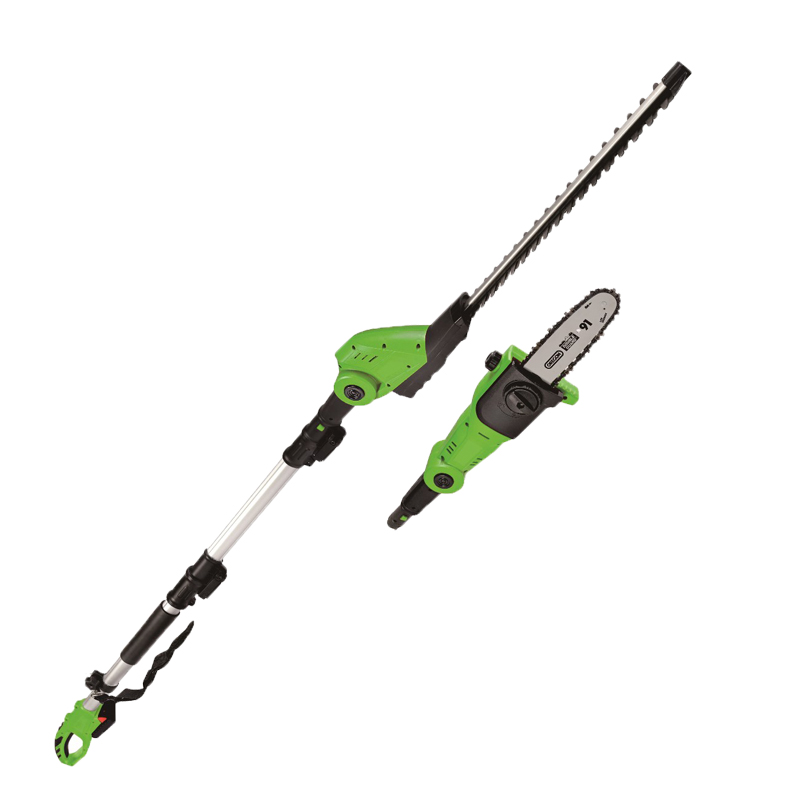Why use a handsaw? Well, you've made your measurement. You've chosen your material. It's time to cut.
There are many different types of handsaws to choose from, but they all have one thing in common: Unlike power saws, which use electricity, handsaws are manual. Garden Tools

When you think "saw," a crosscut saw is probably what comes to mind. It has a thick blade used to cut across the grain of wood. Crosscut saws usually have eight to 15 pointed teeth per inch.
The number of teeth per inch is important — saws with fewer teeth are best for making quick, rough cuts. More saw teeth equals more precision.
A bow-cut saw is a type of crosscut saw. It has crosscut teeth (good for cutting wood) but instead of a saw blade attached to a handle, bow saws have a narrow blade held in tension by a bow-shaped frame.
It looks just like a crosscut saw, but this handsaw (also sometimes spelled "hand saw") rips through the grain of wood like a chisel. A ripsaw cuts with the grain of the wood, rather than against it. With about five pointed teeth per inch, rip-cut saws are less precise than crosscut saws.
A dovetail saw is a type of rip-cut saw with a thick blade that makes it look a bit like a cleaver. With 15 to 22 points per inch, precise dovetail saws are ideal for cutting — you guessed it — dovetails. The dovetail saw falls into the category of tenon saws — handsaws that cut wood very precisely.
If you're into woodworking, you need a backsaw. Backsaws (also spelled "back saws") cut against the grain, like crosscut saws, but they have a stiff, narrow blade with 11 to 20 teeth per inch, making them ideal for angle cuts, wood joints (like miter joints) and trimming molding.
With a removable blade, a keyhole saw (also known as a wallboard saw) is used for cutting holes and other openings that are too large for a drill.
Also known as jab saws, keyhole saws have a pointed blade. They look like something you would use to carve a pumpkin, but are incredibly useful for hand-cutting smaller details — like a keyhole.
Drywall saws (also known as plasterboard saws) and compass saws have a similar design but are larger with a coarser cutting edge.
The thin blade of a coping saw allows the user to make contoured or smooth fine-line cuts. The blades on coping saws sits on a tension frame like a bow saw, but they're much smaller than bow saws and also have a handle.
Use your coping saw to make intricate cuts in wood. A coping saw is also handy for cutting curves.
When you need to cut metal, plastic or pipe, this saw fits the bill. Hacksaws have fine teeth that can cut through plastic or metal pipes. A hacksaw is the ideal saw for cutting thin metal sheets by hand.
Pruning saws are used for pruning plant branches that are too thick for pruning shears but don't require a chainsaw. These wood saws are typically small, with a curved blade and sharp teeth ideal for trimming branches. These often fold up, which is great if you have very little storage space.
Handsaws are great for precision woodworking tasks, but if you need to cut lots of wood quickly, you'll want a power saw. Some of the most popular types of power saws include circular saws (also known as a rotary saw, which have a circular blade), pole saws, panel saws and band saws.

Gasoline Cultivator Please copy/paste the following text to properly cite this HowStuffWorks.com article: